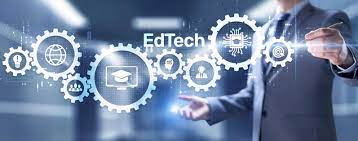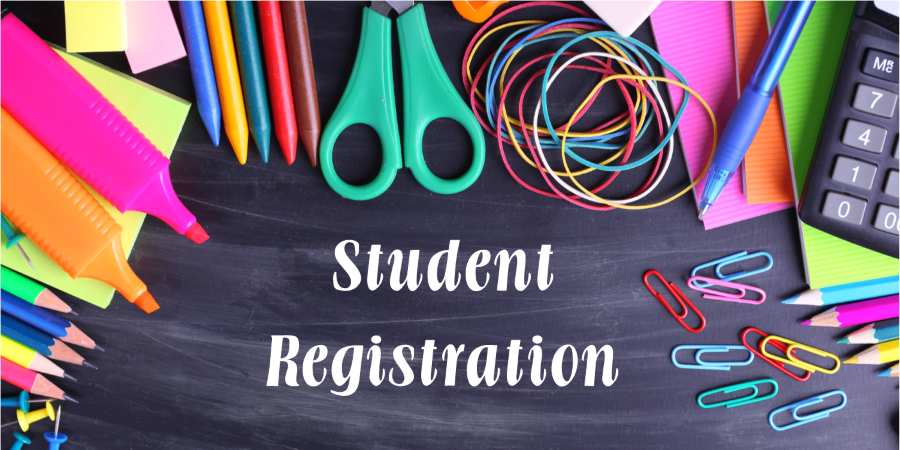
How technology is changing the dynamics of traditional education
An introduction to How technology is changing the dynamics of traditional education
Name: Own Teacher
Email: info@ownteacher.com
Created At: 12-11-2023
1. E-Learning Transformation:
- Example: Traditional textbooks are replaced with digital resources, offering dynamic and interactive content accessible online.
2. Remote Learning Impact:
- Example: Virtual classrooms and video conferencing tools enable students to attend classes from any location, fostering remote learning opportunities.
3. Personalized Education:
- Example: Adaptive learning platforms tailor lessons based on individual student performance, addressing specific learning needs and enhancing comprehension.
4. Interactive Learning:
- Example: Educational games and simulations create engaging, hands-on learning experiences, promoting active participation and concept reinforcement.
5. Global Connectivity:
- Example: Collaborative projects with students worldwide become feasible through online platforms, fostering a global perspective in traditional curricula.
6. Classroom Technology Integration:
- Example: Smartboards, tablets, and interactive displays replace traditional chalkboards, facilitating dynamic and multimedia-enhanced lessons.
7. Online Resources:
- Example: Access to vast online libraries, research databases, and educational websites broadens the scope of learning beyond traditional textbooks.
8. Digital Teaching Tools:
- Example: Teachers utilize tools like learning management systems (LMS) to organize resources, assign tasks, and provide feedback efficiently.
9. EdTech Advancements:
- Example: The emergence of AI-driven tools enables personalized tutoring, automated grading, and data-driven insights for educators to enhance teaching methods.
10. Blended Learning Approaches: - Example: Combining online modules with in-person instruction creates a blended learning environment, offering flexibility and diverse learning experiences.
11. Virtual Classrooms: - Example: Virtual reality (VR) classrooms enable immersive learning experiences, allowing students to explore historical sites or engage in scientific simulations.
12. Adaptive Learning Platforms: - Example: Platforms that adapt content based on a student's progress help bridge learning gaps and ensure a customized educational journey.
13. Educational Apps: - Example: Mobile applications cater to diverse subjects, providing interactive lessons, quizzes, and educational games accessible anytime, anywhere.
14. Distance Education: - Example: Universities offer online degree programs, enabling students to pursue higher education without physical attendance at a campus.
15. Tech-Enhanced Teaching Models: - Example: Flipped classrooms, where students review lectures online before class, allowing in-person sessions for collaborative activities and discussions.
Technology's influence on traditional education is profound, revolutionizing teaching methods, expanding educational access, and preparing students for a technologically driven future.
Comment List
Leave a Comment.



